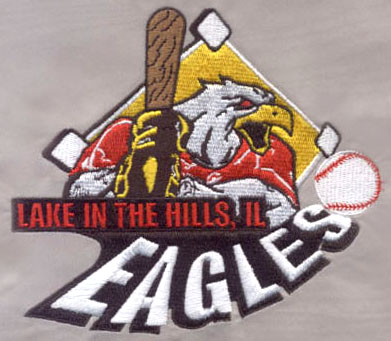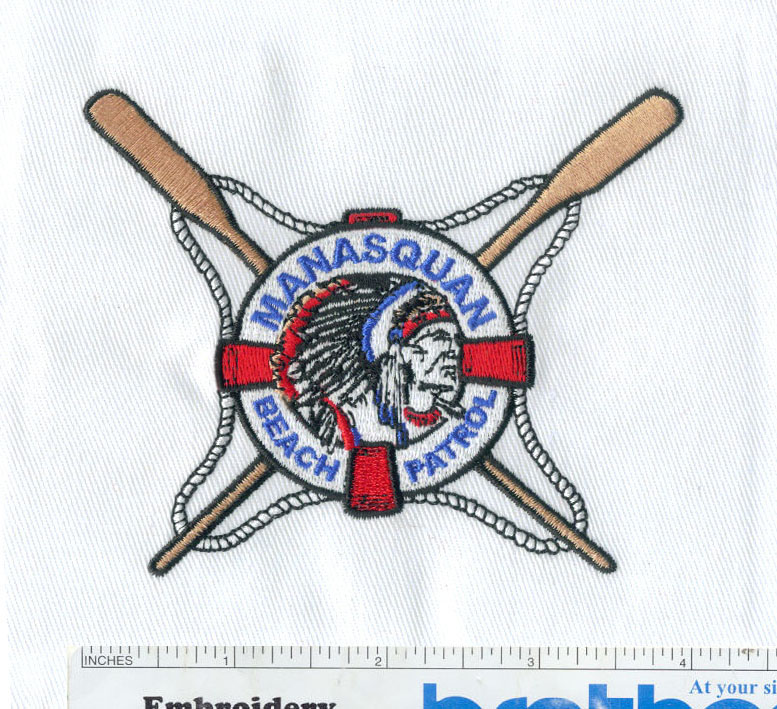Exploring the Magic of Vector Art Conversion: From Pixels to Perfection
The world of vector graphics is an exciting blend of creativity and accuracy in the field of digital artwork. A concept, which is frequently envisioned as pixelated graphics, is transformed into a masterpiece of scalable, infinitely smooth lines and shapes through the alchemical process of vector art conversion. This blog explores the magic of vector art conversion, as well as its importance, methods, and wonders for the creative world.
Understanding the Basics of Converting Vector Art:
The fundamental building blocks of vector art are mathematical equations that specify points, lines, and curves. Vector graphics, as opposed to images that are made up of pixels, are independent of resolution and can be stretched indefinitely without sacrificing quality. The process of turning raster (pixel-based) images into these scalable vector forms is known as vector art conversion, and the outcomes are nothing short of stunning.
The Significance of Vector Art Conversion:
Scalability: One of the most prominent advantages of vector art is its ability to maintain clarity and sharpness regardless of size. This makes it ideal for anything from tiny icons to large banners without worrying about pixelation.
Versatility: Vector graphics are incredibly versatile. They can be used for everything from logos and illustrations to typography and animations. Their smooth lines and shapes make them suitable for both print and digital media.
Editing Flexibility: Vector art is inherently editable. You can easily tweak colors, shapes, and lines without losing quality, which grants artists greater flexibility and creative freedom.
Efficiency in Replication: Logos, icons, and other visual elements often need to be used across various platforms and sizes. Vector graphics ensure consistency, as they can be resized and adapted effortlessly.
Techniques for Vector Art Conversion:
Manual Tracing: This traditional approach involves using vector drawing software to manually trace over the pixelated image, creating vector paths that mimic the original. While time-consuming, this technique provides precise control over details.
Automatic Conversion Tools: Several software tools and online services can automatically convert raster images to vectors using advanced algorithms. While convenient, these tools might require some manual touch-ups to achieve optimal results.
Pen Tool Mastery: Vector conversion often relies on mastering the pen tool in software like Adobe Illustrator. This involves creating and adjusting anchor points to accurately recreate shapes and lines.
Gradient Mapping: Converting pixel-based gradients into smooth vector gradients requires careful attention to detail. This can be achieved through the careful arrangement of color stops and adjusting gradient handles.
The Art of Balancing Automation and Manual Intervention:
While automatic conversion tools have come a long way, achieving a perfect vector conversion often involves a delicate balance between automated processes and manual fine-tuning. Human intervention ensures that the essence and details of the original artwork are preserved during the conversion process.
Embracing the Future of Creativity:
Vector art conversion is more than a technical process; it's a bridge between traditional and digital artistry. Artists can bring their hand-drawn sketches and scanned illustrations to life in the digital realm, all while preserving the organic qualities that make their work unique.
In a world where visual communication is paramount, vector art conversion takes its place as an essential tool in the arsenal of modern creatives. Its ability to transform pixelated concepts into infinitely scalable wonders showcases the evolving relationship between technology and artistic expression. As we continue to explore this magical conversion process, the creative landscape expands, promising boundless possibilities for artists and designers alike.



